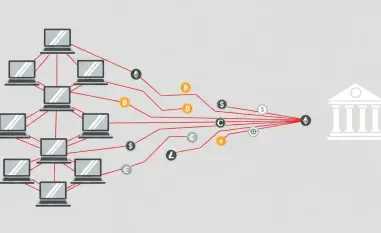In a recent exposé, SentinelOne unveiled an espionage campaign orchestrated by the China-nexus threat group PurpleHaze, linked to the state-backed APT15. This group has been targeting SentinelOne’s infrastructure and its high-value clients. PurpleHaze employed advanced tactics, including the use of an operational relay box (ORB) network and a Windows backdoor named GoReShell, facilitating remote access via reverse SSH connections. These techniques are part of a trend where cyber threats utilize sophisticated infrastructures, complicating attribution and tracking efforts.
The surveillance activities were not limited to SentinelOne’s systems. A government-supporting organization in South Asia has also been victimized, suffering breaches that involved the ShadowPad malware, a tool frequently associated with other China-nexus cyber groups. This campaign exploited vulnerabilities in Check Point gateway devices, affecting over 70 organizations spanning multiple sectors.
SentinelOne’s investigation highlights additional cyber threats from various actors, including North Korean IT professionals who attempted to penetrate the company through fake job applications. Ransomware groups also target SentinelOne and similar cybersecurity companies, driven by the underground demand for accessing security software. The Nitrogen group, likely operated by a Russian national, further employs social engineering by impersonating legitimate companies to secure official licenses for security products, circumventing traditional defenses and exploiting weaknesses in resellers’ Know Your Customer practices.
SentinelOne’s findings illuminate the need for enhanced security measures to counteract such sophisticated cyber threats. The prevalence of these tactics underscores the ongoing vigilance required to navigate the ever-evolving cyber defense landscape efficiently.













